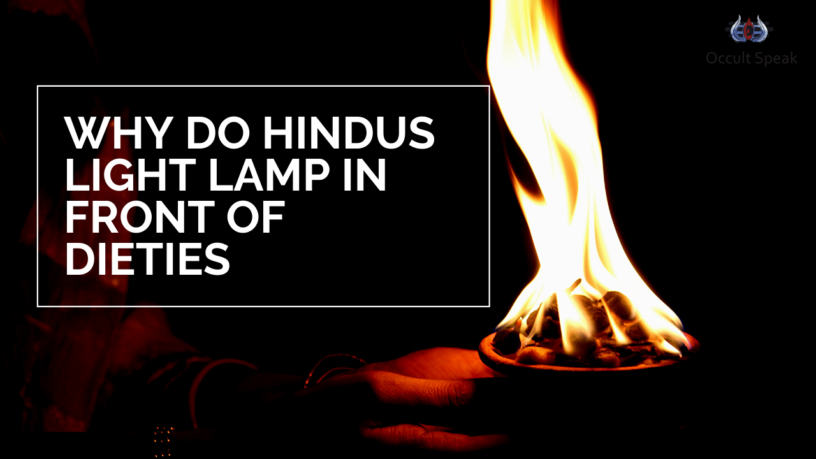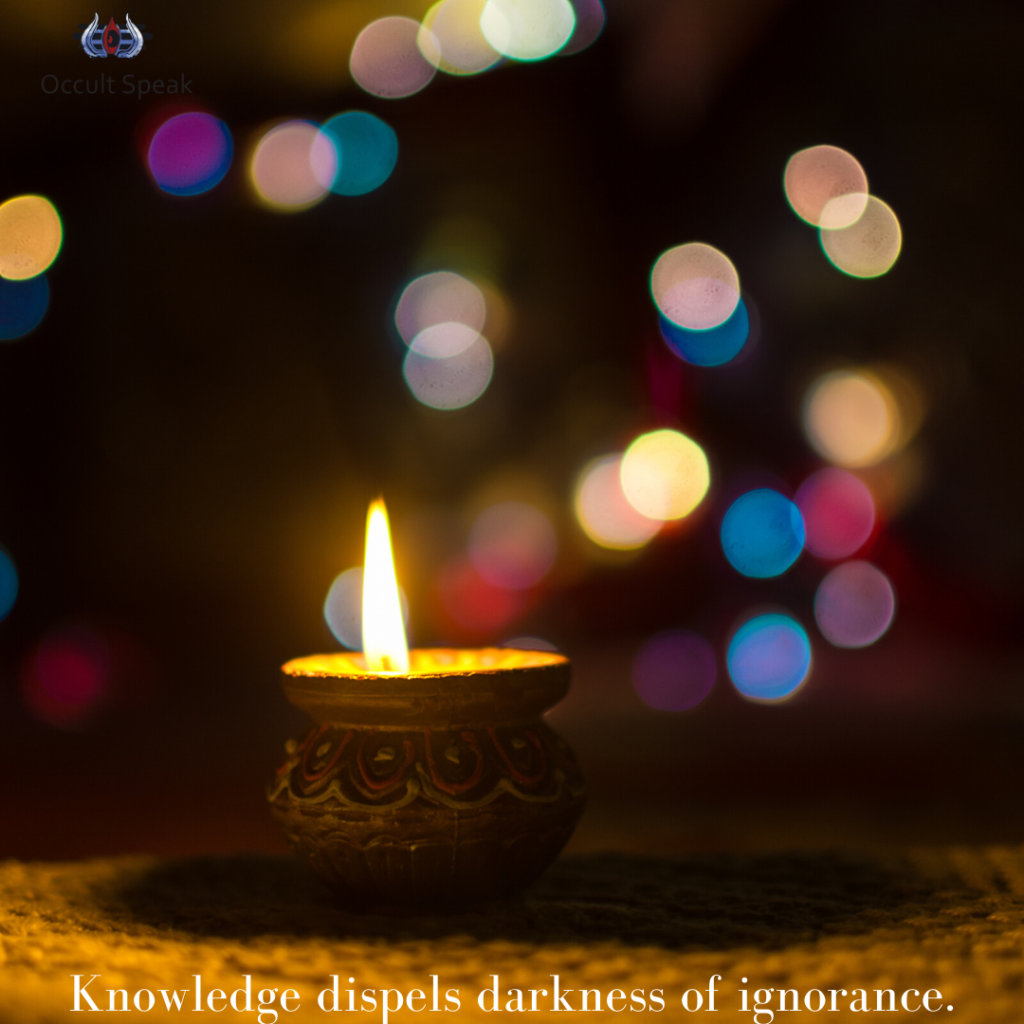Why do Hindus light the lamp in the temple?
In almost every home in India as well as in Hindus and Jain temples, a lamp is lit before the idol of God. In a few houses in India, this lamp is placed either in the morning or evening or both, in a few cases as per the rituals and customs of the house or the ancestors.
In a few houses and Hindus temples also, a lamp keeps burning continuously which is known as ‘Akhanda Deep/Deepak’. On all the auspicious occasions, these lamps are lit with the commencement of functions with lightening of the cow- ghee lamp or many times, an oil lamp is also frequently used, which is often maintained as a custom through India as well as now start in other countries also where the Hindus (Sanatan Dharma) is followed.
READ: Maha-Mrityunjay Mantra
What does this Light/Lamp signify in Hinduism?
Light symbolises the inner wisdom and knowledge whereas the darkness or dark zone is depicted with ignorance or darkness of life. Hence, this light is connected with the lord of manifestation, therefore this light also signifies the principle of knowledge Or Sudha Chaitanya which means the light is said to be the real wisdom and source, the enlightenment, the illuminator of all knowledge.
Hence, as mentioned this light itself shows the lord itself.
Then why to place a lamp, if the light itself is ‘Lord’?
Light removes the darkness which is a sign of emptiness and ignorance and depicts knowledge which removes the darkness of life and gives the path to happiness and divinity.
Also, the knowledge which is long-lasting and forever similarly when we light the lamp (either cow ghee or oil lamp) we try to remove the inner negativities like anger, guilt, frustrations and hatred are replaced with pious thoughts, happiness and contentment.
Therefore when light lamps (Diya), in Hindus Temple, it shows the inner wealth and happiness is becoming long-lasting and by which we can achieve our outer goal viz. material gain, desire, name and fame.
Then why not Tubelight or Bulb as there are also forms of light?
Yes, I agree they too remove the darkness in the room but since these are electric energies which the artificial forms of energy the vibes created are temporary, not at all permanent and soothing.
Whereas, the oil lamp or cow ghee further shows spiritual significance. The oil or cow ghee inside the lamp symbolises the inner vaasana/lust of human which when burning with cotton (human efforts/karmas) clears the toxicity (negatives vibes) and gives inner joy to the soul.
So, when we light the lamp with spiritual aspirations, the inner vaasana gets burned with cotton and all the negative aspects such as ego, pride, material gain, jealousy etc get exhausted and finally vanish, giving a calm and stable mindset.
Why does the flame in lamps burn upwards?
In Hindus temple, you will see two types of flame in lamp viz Chomukha Diya having 4 flame and Ek Mukhi Diya having a single flame. The flame burning upwards depicts the knowledge and enthusiasm to move forward, towards the main motto of life (the soul realization)
This upwards flame shows we should leave the negativity and doubts behind, and start approaching the situations and the people with complete faith and an optimistic attitude.
Hence, to signify the importance of knowledge and wisdom, ‘Lord Shiva’ in conversation with ‘Maa Parvati’ said in Guru Geeta – one of the best conversation in the world – it says :
“अज्ञान तिमिरान्धस्य ज्ञानाञ्जन शलाकया । चक्षुरुन्मीलितं येन तस्मै श्री गुरवे नमः ॥ ”
Guru Geeta
Shloka says – When just as we light the lamp to remove the darkness of the room, similarly when we light the knowledge light (divine lamp), we need to close the outer light too, open up our antar-chakshu (divine eyes which are also known to Yogi as Shiva’s Eye or the 3rd Eye Chakra). I bow to the lotus petal feet of that Sadguru (the spiritual mentor) who shows me the spiritual path towards the Truth and Divinity.
Let me know how you find this blog on “Why do we light lamps in temples?”
Cheers,
Nirav





Leave a Reply